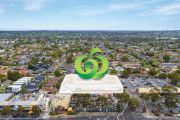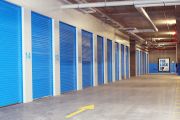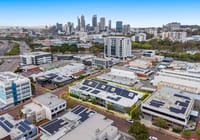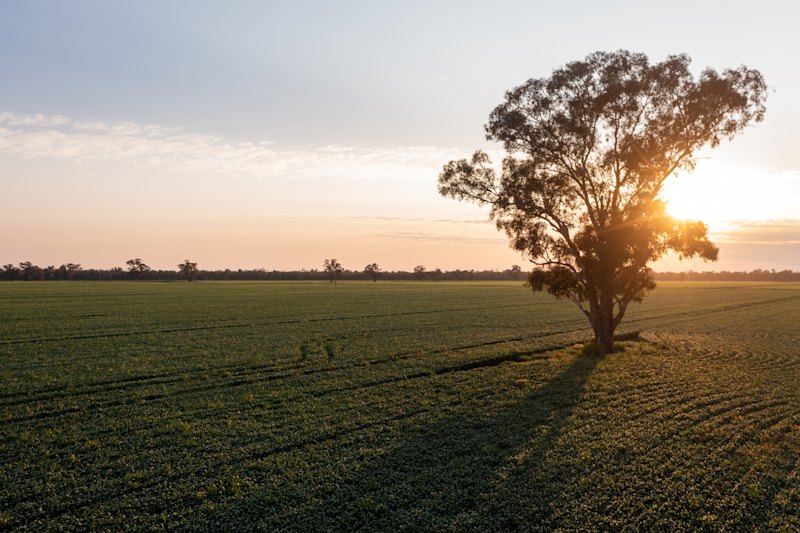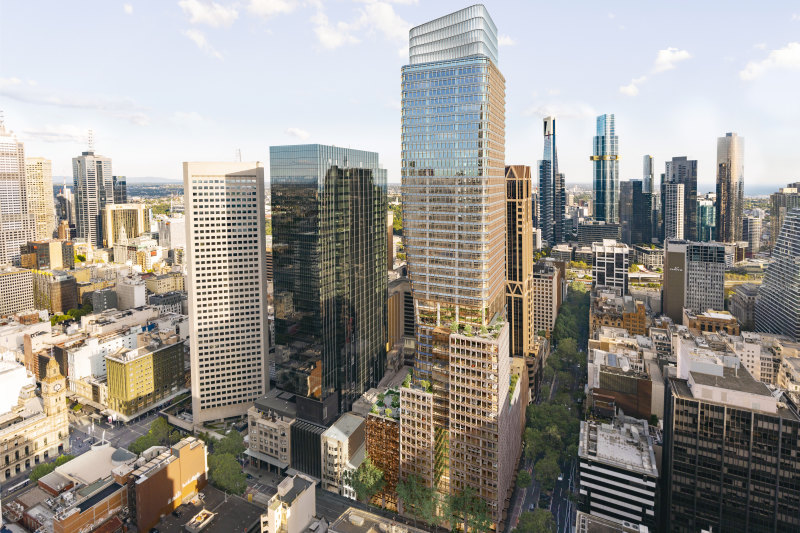
Going green can deliver gold for landlords
Sustainability has landed on the desk of the chief financial officer – and this will change the way we value green buildings.
Australia’s built environment is responsible for about a quarter of our emissions. The simple fact is we can’t achieve net zero without the real estate sector.

And now the people holding the purse strings are front and centre. New reporting standards and disclosure requirements based on the International Sustainability Standards Board’s recommendations will be effective from July 1. The responsibility for meeting net zero targets is now squarely on the shoulders of CFOs and audit committee chairmen.
The introduction of these standards has been hailed as the biggest shift in corporate reporting in a generation. To understand the implications and to uncover new value from the net zero transition, EY surveyed executives who lead some of Australia’s biggest property companies and who occupy some of the country’s largest corporate tenancies.
The report, Zeroing in on net zero buildings, finds sustainable buildings can be the interlock between financial performance and value creation.One hundred per cent of corporate tenants surveyed, as well as 86 per cent of property companies, told us they had set net zero or greenhouse gas emissions reduction targets.
But the scrutiny of those targets is intensifying. In March, the world’s leading watchdog of corporate climate goals, the Science Based Targets initiative (SBTi), rescinded the endorsement of more than 500 companies after they failed to implement credible emissions reduction plans aligned with theParis Agreement. This is just one sign of the times.
Plucking the low-hanging fruit
Until now, the property industry has largely viewed energy and emissions reduction through the lens of operational efficiency and cost-cutting. But now the focus on sustainable buildings is shifting from cost to value.
The survey found that 92 per cent of corporate tenants were already more likely to stay in a property if it had strong green credentials, and they were more likely to pay a green premium. Nearly half said they were prepared to pay a premium of up to 5 per cent.
This aligns with market data. Buildings with high NABERS ratings enjoy higher face rents and lower vacancy rates. More attractive assets translate into higher annual returns; Green Star-rated offices command a 13.5-percentage-point higher annual return in comparison with non-rated assets.
But the research also found clear opportunities for the real estate sector to think differently about the net zero challenge.
It found a large cohort of compliance-oriented companies were stepping up their ESG efforts to stay on the right side of regulation. Another subset viewed sustainability as a brand booster, and new standards as a chance to showcase their leadership.
However, there remains a clear gap in firms aligning their net zero ambitions and connecting it directly to value creation.
Big rocks to crack
A net zero strategy, executed well, can reduce risk, build brands, and create value simultaneously. What does this value look like?
Commonwealth Bank of Australia chose its new Melbourne address at 435 Bourke Street after building owner Cbus Property could demonstrate a plan to reduce embodied carbon emissions by 35 per cent relative to business-as-usual building practices.
A market-leading scheme to trade solar energy among more than 50 Stockland shopping centres and logistics assets, launched in 2023, will allow the developer to create a recurring income stream from 250,000 sq m of solar panels and trade excess energy across its portfolio.
These are just two examples; the opportunity is different for every company. But signposts from some of Australia’s leaders show us the direction of travel. We are seeing that tenants want to understand embodied carbon measures when comparing buildings. They also focus on retrofits in addition to the consideration of rating tools that have become standard.
When looking at operations, our report finds that tried-and-true technologies, such as heat pumps and LED lighting, can do most of the heavy lifting to eliminate emissions in buildings.
We’ve also identified five “big rocks” for the property sector to “crack”: electrification, energy efficiency, grid interactivity, renewables and embodied carbon.
We believe the changing reporting standards, shifting expectations of tenants and industry competition will shift the focus on looking to see a direct linkage to how to drive profits and create greener buildings. In other words, the gold of green buildings is yet to be mined.
Selina Short is EY’s managing partner, Oceania Built Environment and Resources.

